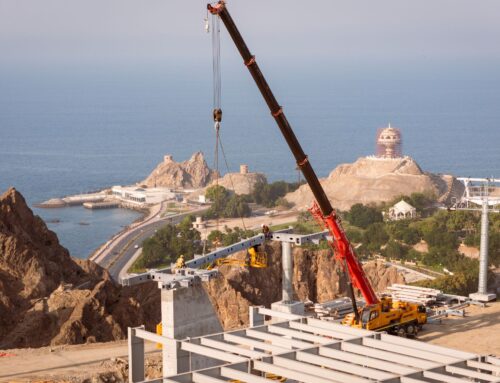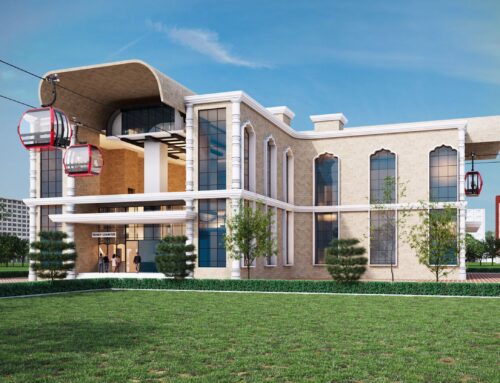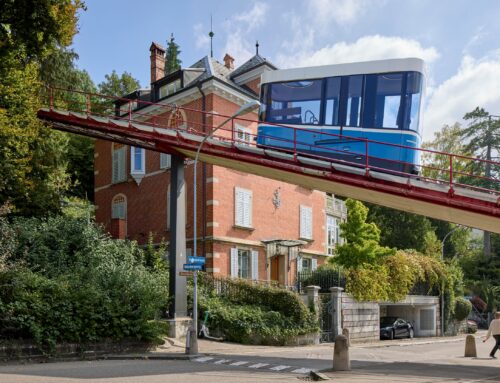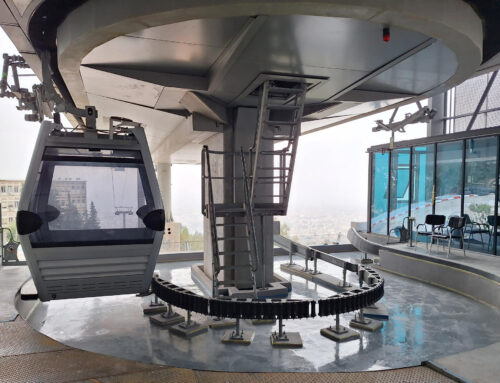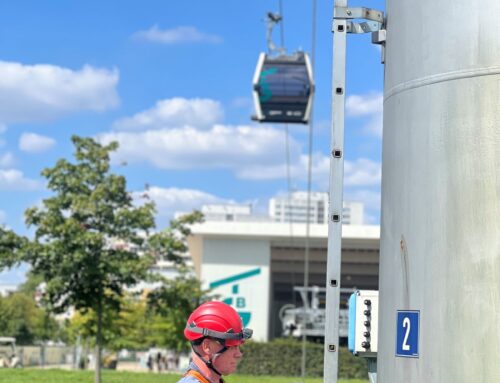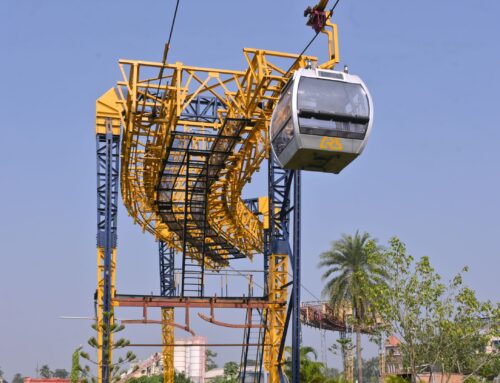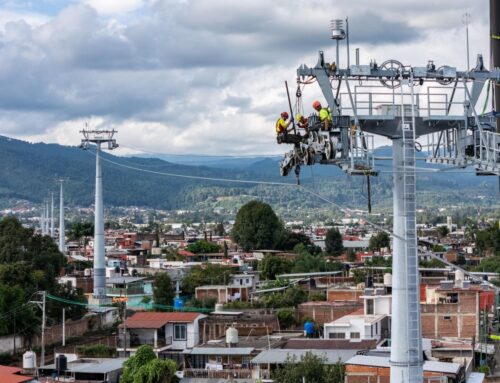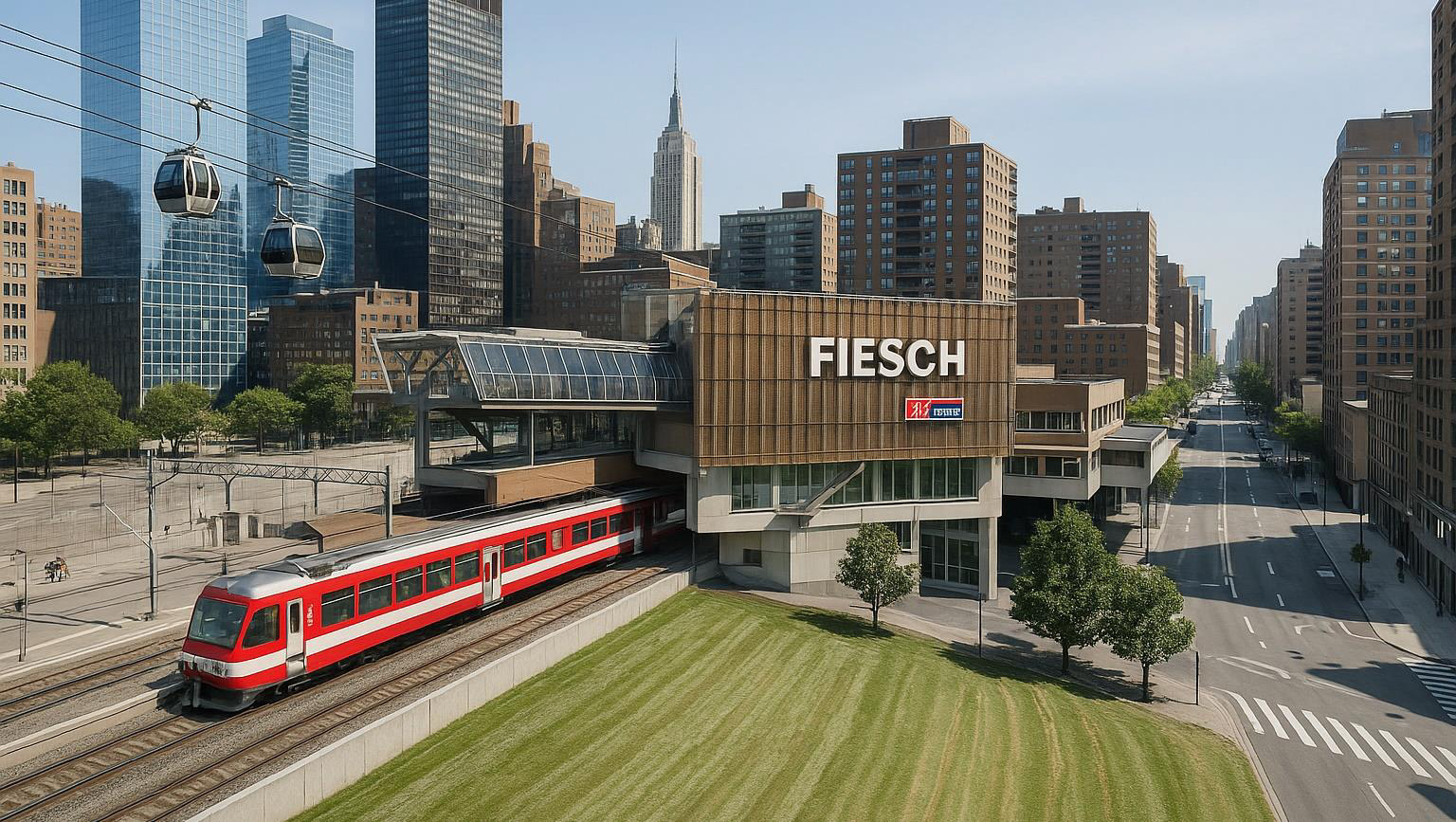
Cities, Special-Urban
Mobility 2050: What role will cable cars play?
Between ten and fifteen minutes – that’s how long people in the city typically spend traveling from point A to point B. This time span has remained almost unchanged since 1800, according to Claudio Büchel, lecturer in urban, traffic, and spatial planning at the Eastern Switzerland University of Applied Sciences (OST).
Whether it was a pedestrian in the 19th century, a tram passenger in the 20th century, or a car driver around the turn of the millennium – they all spent roughly the same amount of time on their daily journeys, the traffic researcher explained in his keynote at the INTERALPIN Inspiration Days 2025 in Innsbruck. And this, he says, is likely to remain the case in the future.
Büchel points to the urban planning concept of the 15-minute city, where all essential daily facilities can be reached within 15 minutes on foot or by bicycle. The goal is a livable, sustainable, and environmentally friendly city, where residents rely less on cars and enjoy a higher quality of life.
The concept originated in Paris and has already been implemented in several major cities. Nevertheless, a two-tiered system still tends to dominate.
Mono- versus Multimodal
“In cities today, the monomodal, car-based mobility system dominates. The car serves as the mode of transport for all purposes, whether commuting, shopping, leisure, or goods delivery,” says Büchel.
While the direct route from door to door – or more accurately, from parking spot to parking spot – is convenient, it requires a lot of space and energy. “Alongside this system, many places still have a multimodal public transport network. Depending on the purpose, people use different modes of transport,” Büchel explains.
Every mode of transport has its strengths, which can be combined.
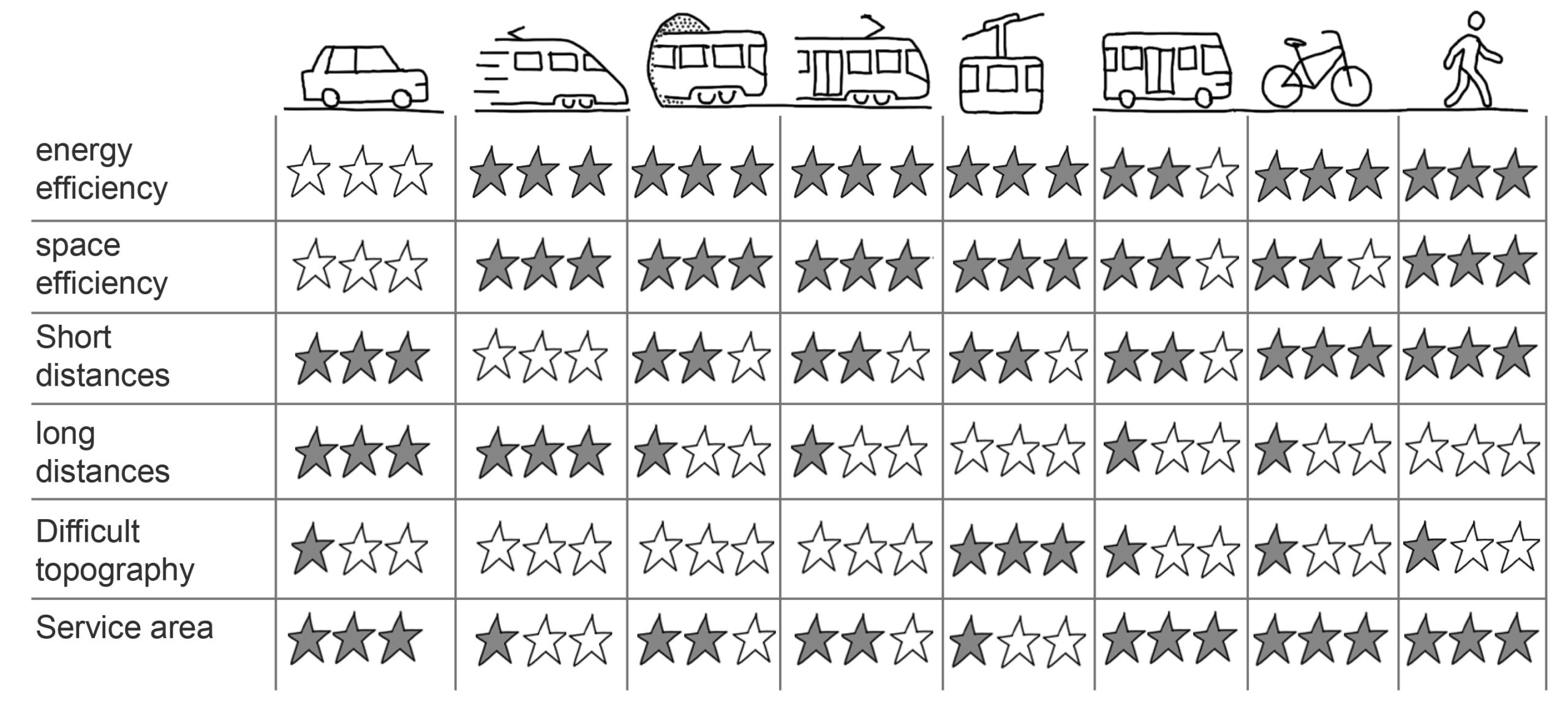
Trains are used for long distances, and buses for shorter trips. The “last mile” is covered on foot or by bicycle.
“The multimodal system requires inconvenient transfers, but it is very space- and energy-efficient,” says the traffic researcher. The goal must be to better connect both systems. Only in this way can the megatrends be addressed:
- Urbanization, with more and more people living in confined spaces.
- Global warming, creating new microclimates in cities and increasing the pressure to develop emission-free areas.
- Individualization, with a decline in uniform mobility patterns.
Connectivity as the key:
By 2050, we will be combining different modes of transport.
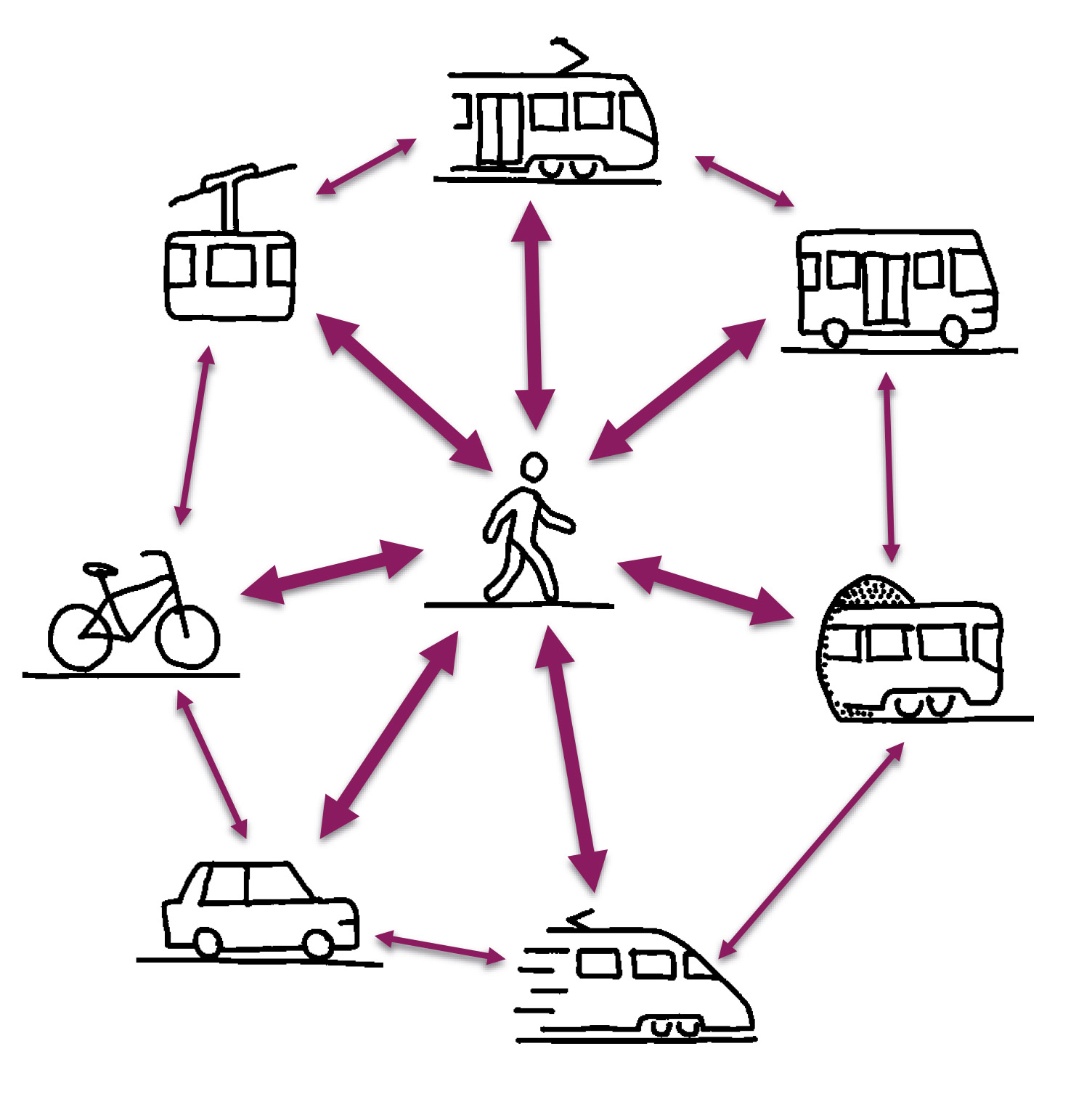
Demand for Seamless Transfers
But aren’t the car and transit worlds already connected today, for example through park-and-ride or kiss-and-ride options? Not really, according to Büchel:
“Commuter parking lots are not real urban spaces. Drop-off and pick-up zones, in turn, cannot handle the high transport demand.”
The future lies in a comprehensive transport system that is energy- and space-efficient and connects all modes of transport. “For each individual journey, we will use the most convenient, fastest, and cheapest mode of transport. The demand for seamless transfers will therefore be high,” says the traffic researcher. Every mode of transport has different strengths that must be recombined for each route.
This also includes urban cable cars. They can help make cities greener by 2050 – in terms of energy management, vegetation, and climate-damaging emissions.
Form Follows Function
It is important to carefully define which mode of transport is best, when, where, and how. “Form must follow function,” emphasizes Büchel. First, the requirements need to be clarified before choosing an appropriate system.
In the Swiss mountain village of Bettmeralp, for example, the cable car was the mode of choice, as it provides the fastest connection between the train station and the village center.
The capacity of 1,000 people per hour is sufficient in this case. Since the village is designed to be car-free, the cable car must do more. The gondola, for instance, can also transport waste – as underload in the cabins.
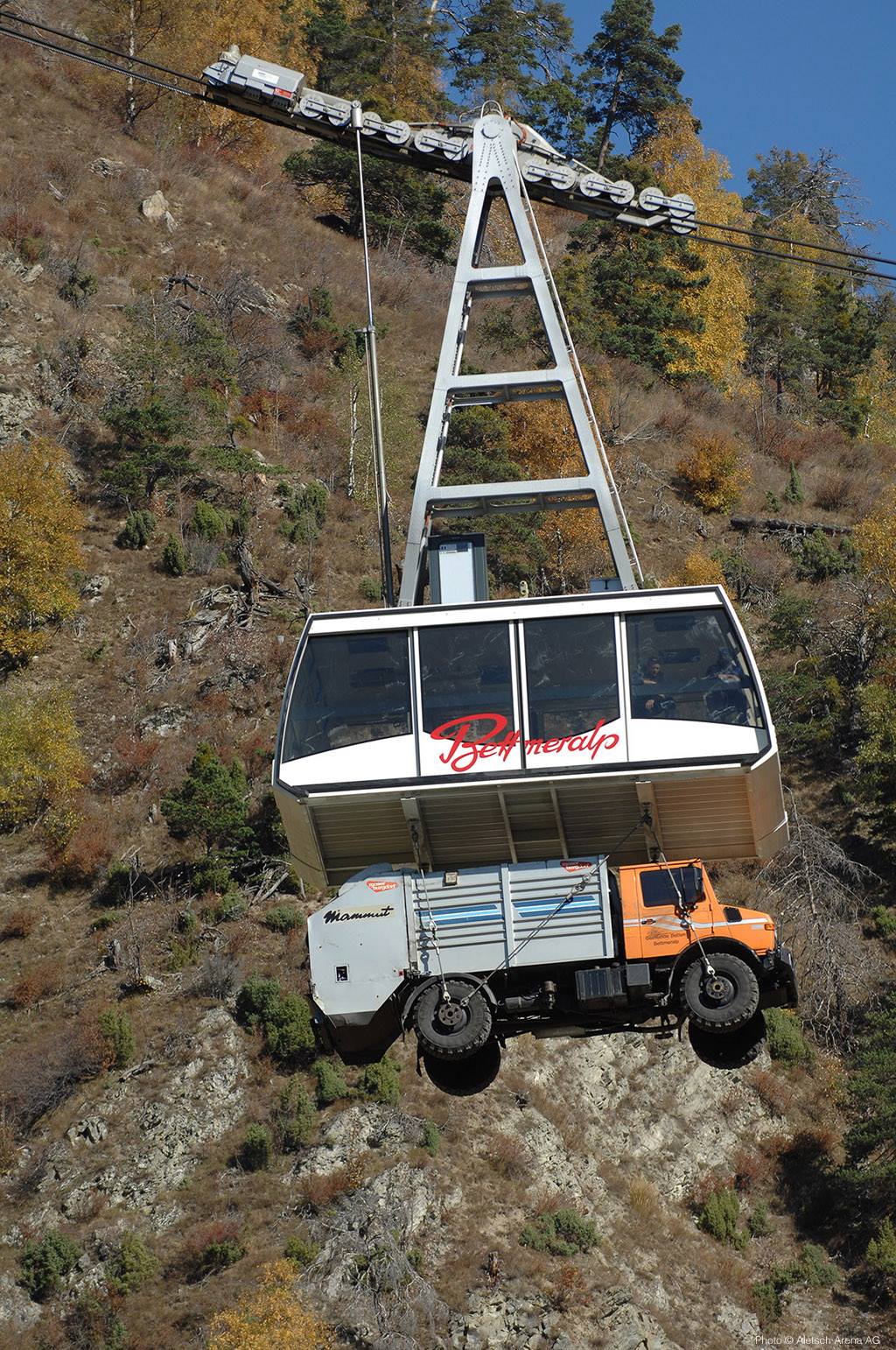
In Bettmeralp, the cable car even transports the waste collection.
Connectivity as the Key
“Connectivity is the key. It links urban space with the transport system and enables transfers between different modes of transport. It also generates economic benefits, provides more public space, and shapes a city’s identity,” explains Büchel.
According to the traffic researcher, there are already examples of successful connectivity. “In Zurich, two suburban trains used to terminate one kilometer before the main station. Through the construction of two new tunnels, the rail lines were connected to the rest of the regional and national transport network, resulting in a 100 percent increase in passenger numbers over ten years,” emphasizes Büchel.
The funicular in Luxembourg
connects the intercity and regional trains to public transport in the Grand Duchy.
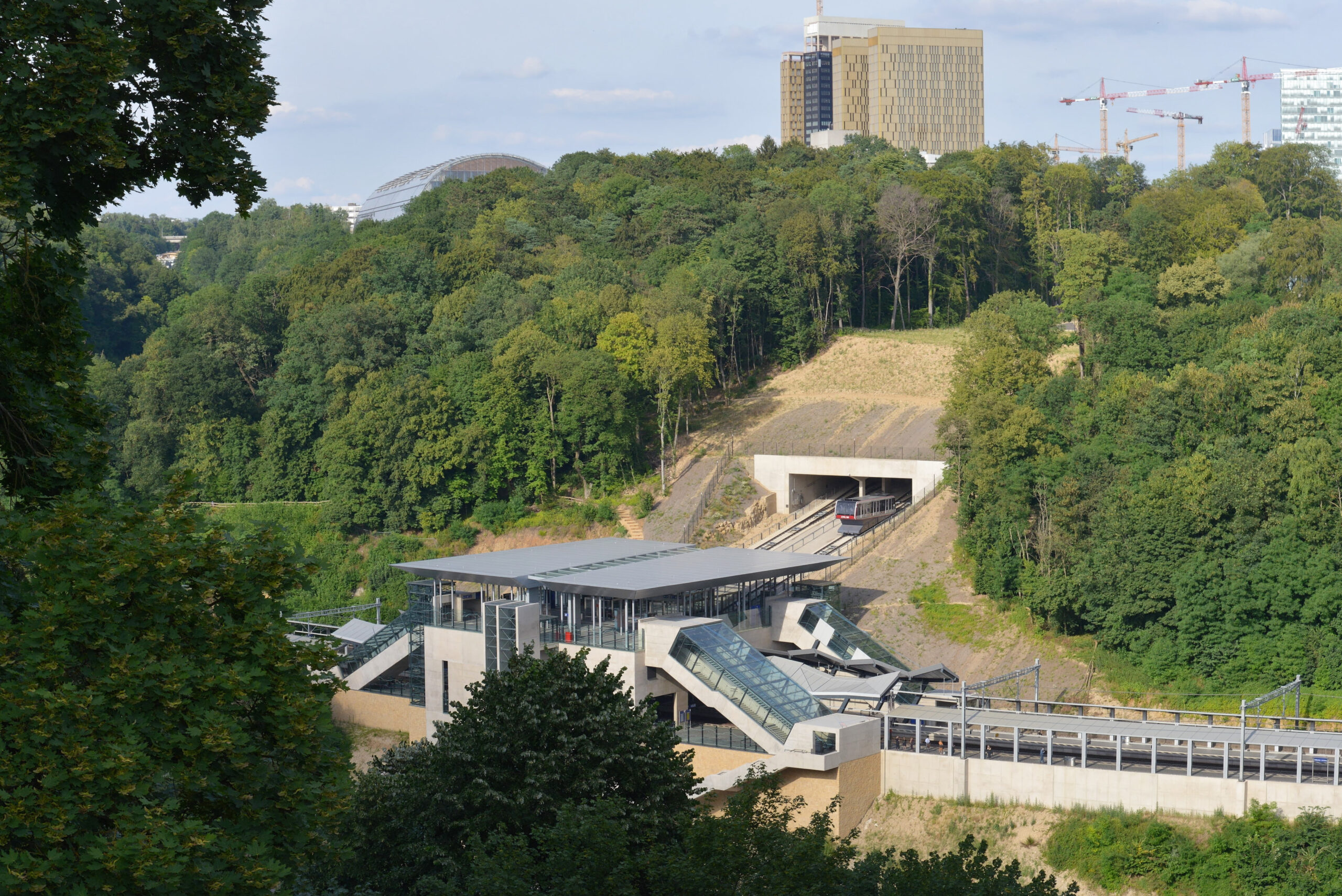
Another example is the funicular in Luxembourg. It connects key railway lines across challenging topography with the tram network and already recorded 7,500 passengers per day just one year after opening.
The funicular eases congestion at the main station and reduces travel time on certain routes by more than 20 minutes.
